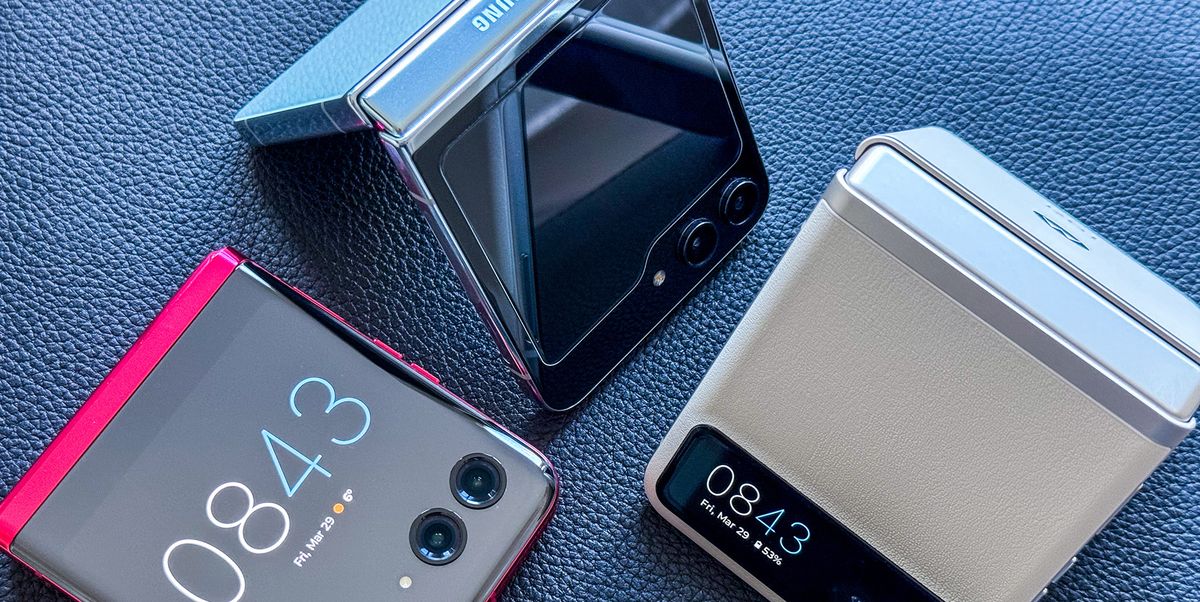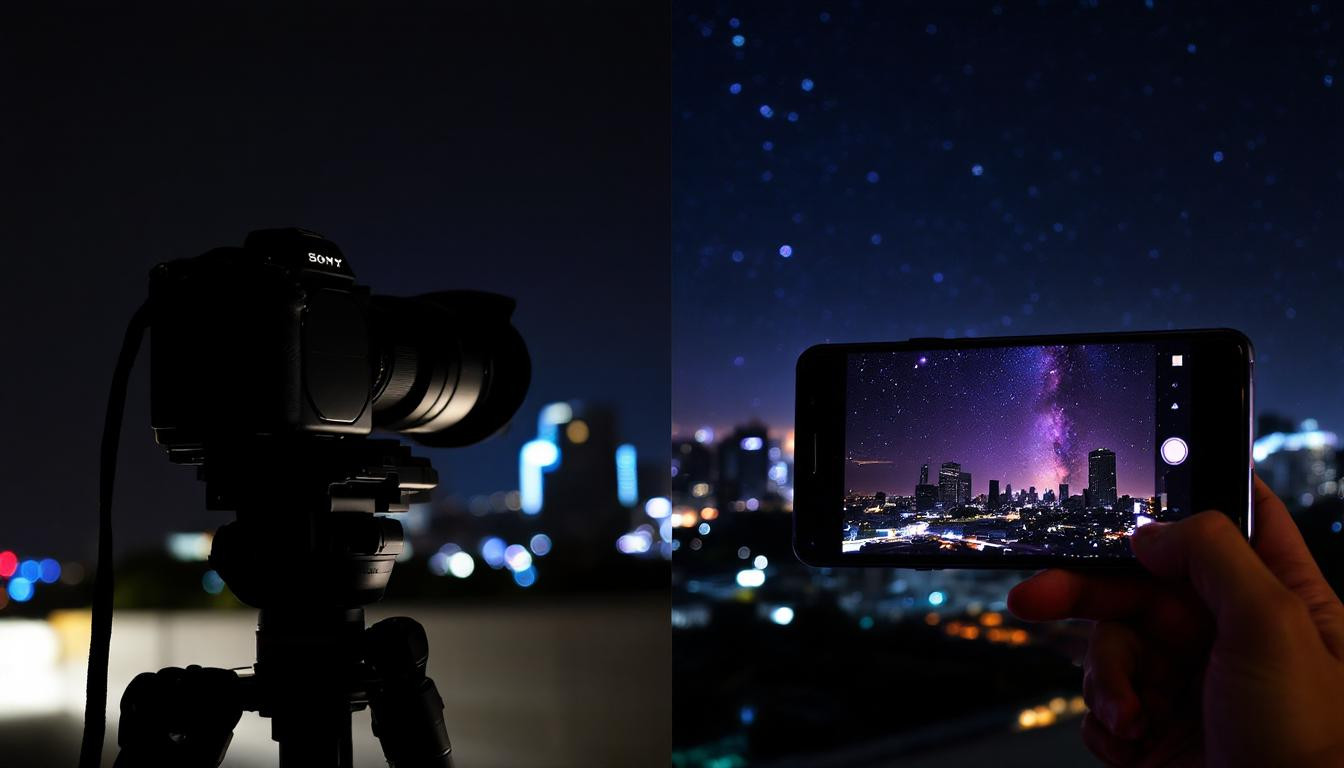
Is Apple making a flip iPhone?
As of March, 2024, Apple hasn’t officially confirmed plans to launch a folding iPhone. A recent report from The Information suggests that the brand is currently developing “at least two” prototypes for clamshell-style folding phones. Although Apple claims to be exploring its options, the report suggests that engineers have concerns over the form factor’s long-term durability. Long story, short: All signs point to yes, but it may not be anytime soon.
Dot folding phones break easily?
The durability of folding smartphones has been a significant concern among critics and users since the original Samsung Galaxy Z Fold was released in 2019. The first folding phones were extremely fragile: The screens cracked along the fold, the hinges could loosen, and dust particles getting inside could break them.
In the last five years, the Z Fold and Flip designs have improved dramatically and they aren’t quite so fragile anymore. Samsung claims that the Fold 5 and Flip 5 hinges are rated for 200,000 folds. The screens are less susceptible to dust, too.
That said, we still expect folding phones to last for a shorter time than a standard rectangular handset. They have more moving parts, and the folding screen technology is still new and evolving. I would recommend treating your folding phone as relatively fragile.
What’s the difference between a ‘foldable phone’ and a ‘flip phone?’
I’ve talked a lot about foldable phones and a lot of smart flip phones in this guide, and going back and forth between the two terms may have left you scratching your head a bit. When we talk about “foldable phones,” we’re describing any and all phones that feature a foldable display. That includes all smart flip phones, as well as devices like the Google Pixel Fold and OnePlus Open, which are larger and fold open like a book to reveal an XXL screen–usually around 7.5 inches.
If you don’t count “dumb phones,” you could say that all flip phones are foldable phones, but not all foldable phones are flip phones. But, alas, non-iOS/Android phones are very much in the mix, so there’s no easy fix at the moment.
Both types of folding phones offer different things. Book-style folding phones give you a tablet-size display in your pocket, which is especially handy for workers who prioritize multitasking, since you have the screen real estate to run (and see) multiple apps at once. It’s also perfect if you crave a larger display for multitasking and entertainment, but still want a traditional phone experience.
There are drawbacks, too. They usually feature top-of-the-line components, which deliver great performance, but make them extremely expensive. They’re also thicker than most standard smartphones, so don’t expect them to take up less space. It’s all about that inner screen.
The primary benefits of the flip phone, on the other hand, are their compact shape when closed and the style factor. In some cases, you can get a few interesting special features that take advantage of the form factor, like “flex mode” on the Z Flip 5. You could say, though, that smart flip phones fill in the gap between a large smartphone and a book-style folding phone.
link





